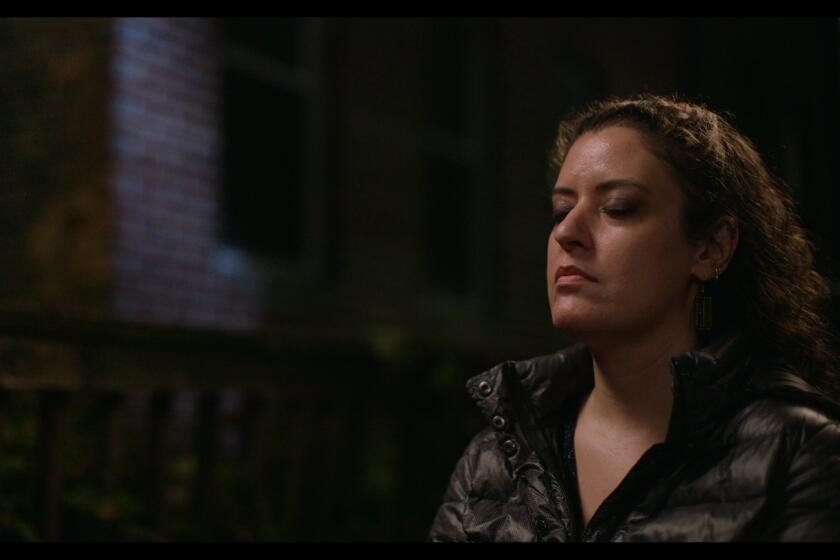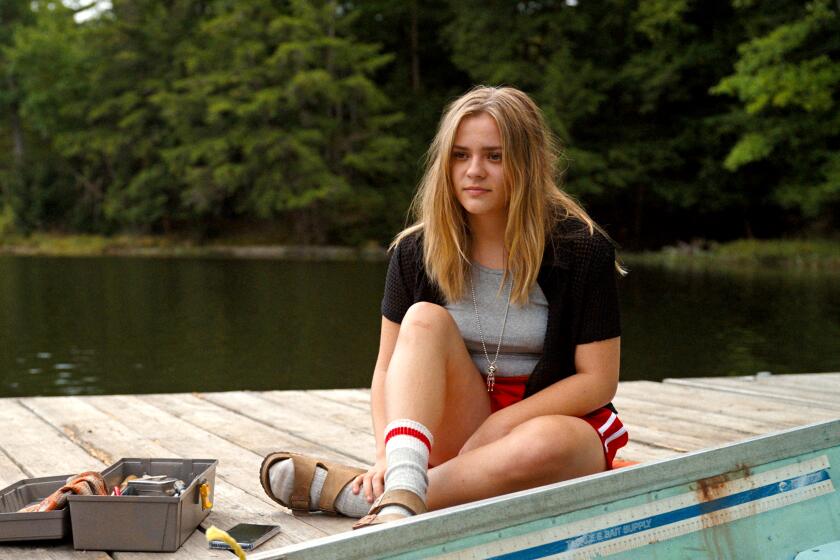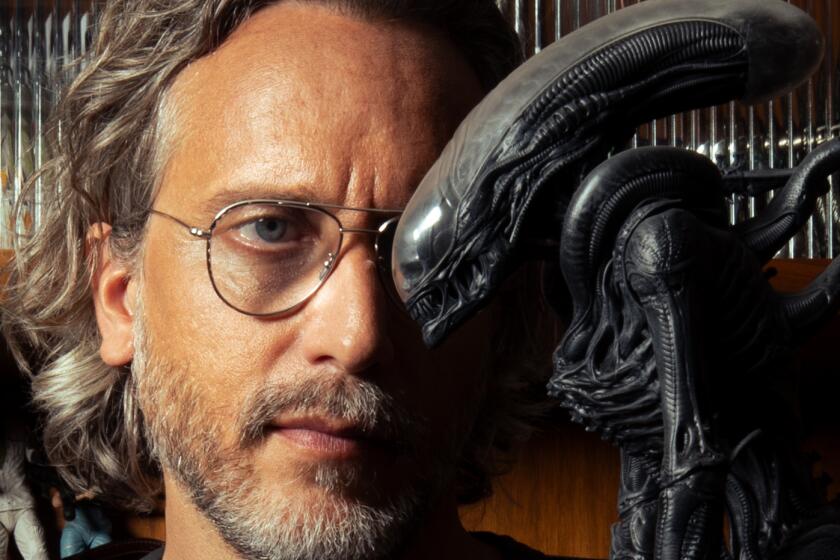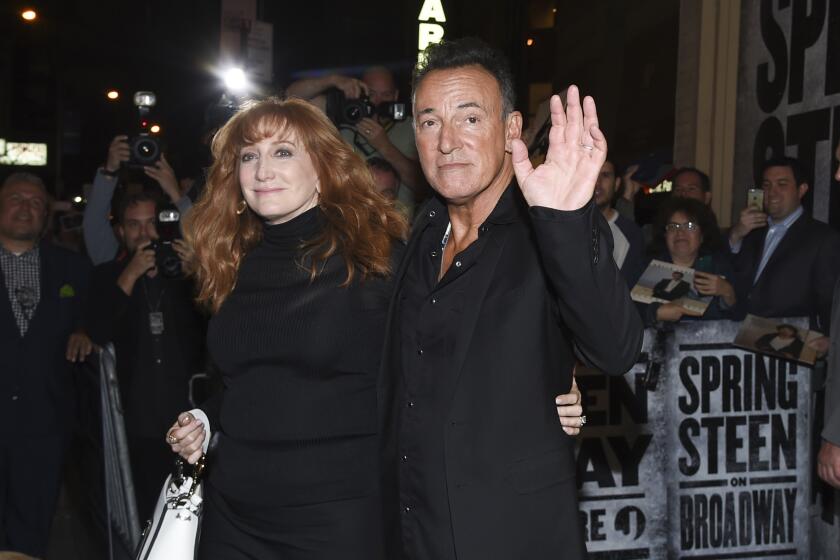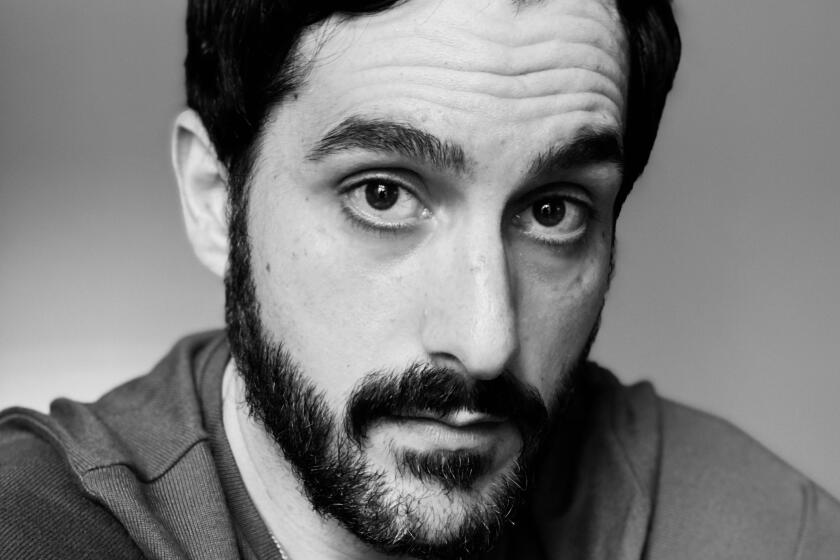Not the same old story
It all came together for Marina Zenovich, director of “Roman Polanski: Wanted and Desired,” during one of numerous conversations with Polanski’s agent Jeff Berg about the filmmaker’s possible participation in her documentary. “Berg said, ‘Why are you making this film, everyone knows this story.’ And I said, ‘No, you know this story, but everyone doesn’t know it.’ ”
Polanski ended up not participating, but Zenovich turned out to be right. Her compelling, smartly told film, debuting Friday night in Sundance’s documentary competition, takes the seemingly familiar story of the circumstances surrounding Polanski’s fleeing the country after pleading guilty to having sex with a minor and tells it with such intelligence, dispassion and detail that it’s like we’ve never heard it before. Which is exactly the point.
“Everyone thinks Polanski fled because he was afraid of going to jail, but people don’t know the real story,” the engaging, articulate Zenovich says. “That can only be told by the people who experienced it.” She quotes David Dalton, Polanski’s attorney, who says, “Only three people know the story and one of them is dead.”
The dead man is the judge in the case, Laurence J. Rittenband, who died in 1993. As described by both Dalton, who has never before spoken publicly about this, and his opposite number, prosecutor Roger Gunson, Rittenband engaged in actions that would have turned Perry Mason’s hair gray. “I remain astounded,” is how Dalton puts it. “This case will never leave me.”
Astounded or not, Dalton was quite reluctant to participate in Zenovich’s film, as was almost everyone else. “This was a very long process, nobody wanted to talk about this,” Zenovich says wearily of the literal years of importuning it took to get everyone on camera. Not only were people like Dalton and close Polanski friend Andrew Braunsberg difficult to convince, they refused to sign releases for their interview footage until they saw the finished film.
Zenovich, whose previous docs include “Independent’s Day” and “Who Is Bernard Tapie?,” succeeded because “you can see that I’m disarming, genuine and I have good intentions. It can be endearing that you’re trying so hard. I never give up.”
Zenovich’s interest in Polanski was piqued by a 2003 Los Angeles Times piece that talked about “the 30 years of limbo” the case had caused for the director. Then she saw Lawrence Silver, who represented the girl in the case, say on TV that “ ‘the day Polanski fled the country was a sad day for the American judicial system.’ That didn’t make sense to me, I wanted to understand why he said it.”
Gradually, Zenovich became consumed by the lives of the story’s characters, including 54-year-old Judge Rittenband, who loved celebrity cases and turned out to have a 20-year-old mistress. But she was especially struck by Polanski, just a few years past the murder of his wife Sharon Tate, and the girl in question, Samantha Geimer, who is interviewed on camera about the case. “They’ve been prisoners of this story,” she says, “but the facts are wrong.”
What is most interesting about “Wanted and Desired” is that prosecutor Gunson and defense attorney Dalton, as well as Geimer’s attorney Silver, all agree that Judge Rittenband acted improperly, attempting to stage-manage events in a way that was out of legal bounds.
“Despite what he did, Polanski was screwed over by the judge, he fled because the judge pulled the rug out from under him,” Zenovich says. “It was like Polanski was caught in one of his movies, this kind of stuff isn’t supposed to happen, everyone was shocked that a judge would behave like this.” As Polanski himself puts it in an archival clip, “I was a mouse made sport of by an abominable cat.”
With its spotlight clearly on the judicial aftermath, “Wanted and Desired” does not focus on what happened between Polanski and the girl past putting both their statements to the police on the screen as type. That sex took place is not in dispute, and Zenovich, who says “if it was a violent rape I wouldn’t have made this film,” calls it “a tragedy for all involved. It’s not for me to judge.”
After literally years of trying, Zenovich did finally meet Polanski for an off-camera lunch in Paris near the end of filming. “He said it would look like self-promotion to be in the film,” the director says, but the event was hardly a waste. “After having someone in your head and in archival footage for over three years, that meeting was satisfying, to say the least.”
--
More to Read
Only good movies
Get the Indie Focus newsletter, Mark Olsen's weekly guide to the world of cinema.
You may occasionally receive promotional content from the Los Angeles Times.






